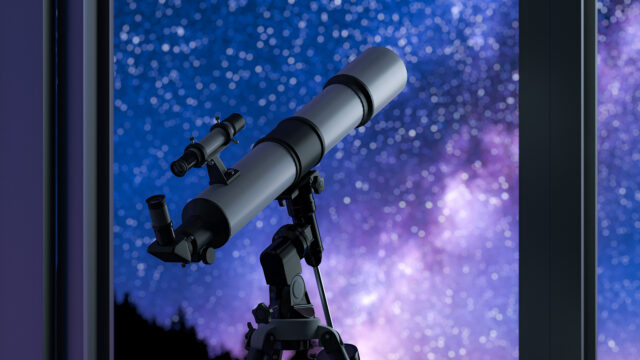Telescopes: From Astronomy Enthusiast to Space Observer – A Comprehensive Guide

Course Content
Introduction
-
The wonder of telescopes and their historical significance in exploring the cosmos.
00:00 -
Understanding the diverse roles telescopes play in astronomy, space exploration, SSA, and SDA.
00:00 -
An overview of what the comprehensive guide will cover.
00:00